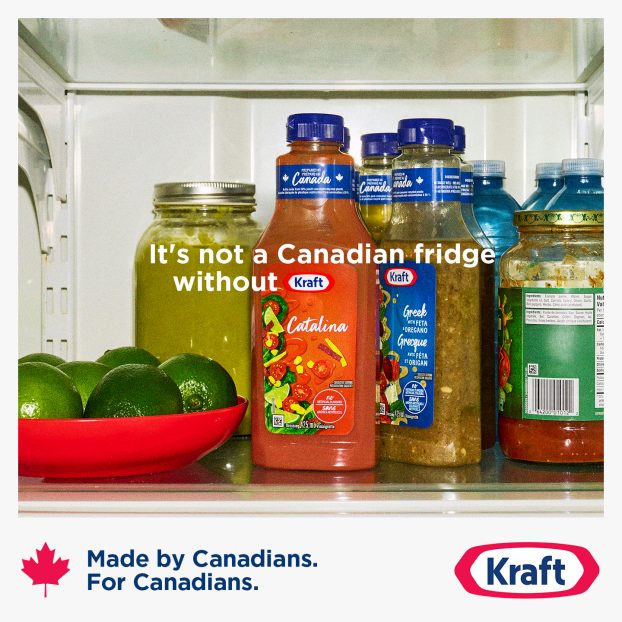Toward the end of next month, Kodak Canada will join u.s. parent Eastman Kodak in the launch of a business-to-business campaign to establish a global brand presence for the company’s recently formed digital imaging unit.
In March 1994, Eastman Kodak signaled its intention to place an increased emphasis on digital imaging when it consolidated several divisions, each handling different products on the digital imaging chain, to create one large division called Digital and Applied Imaging.
Kodak’s Canadian subsidiary followed suit last month when it merged two existing divisions, Professional Imaging and Printing and Publishing Imaging, to create a new unit called Professional and Printing Imaging.
Ronald Waters, formerly head of the Professional Imaging division, has been tapped to head up the new Canadian unit.
Waters’ title is marketing vice-president and business manager.
Ted Knight, manager, marketing publicity with Toronto-based Kodak, says Professional and Printing Imaging’s mandate is nothing less than a bid to give the Kodak name the same kind of brand recognition in digital imaging as the 100-plus-year old company already enjoys around the world in traditional photography.
In November, Eastman Kodak of Rochester, n.y., hired Ogilvy & Mather as its worldwide agency-of-record for the new division.
David Beigie, Eastman Kodak’s co-ordinator of corporate media relations, says the development of the upcoming campaign is well under way, adding it has reached the point at which the agency is ‘finalizing the details.’
Beigie says the campaign will be a broad-based communications program intended to establish Kodak as the leader in the emerging field of digital imaging.
Knight, who hints the initial thrust of the campaign will likely comprise print ads in business publications and selected trade magazines, says that since the campaign is to be global in nature, Kodak Canada will largely pick up the u.s.-produced creative and adapt it for use here.
Kodak’s lineup of digital imaging products falls into four categories: capture, which includes products such as digital cameras; storage, which includes photo cd and printed circuit board films; manage, which includes document retrieval and digital film systems, and share, which includes copiers and printers. PA























